Today, we hear of John’s account of the feeding of the five thousand. Within the various accounts in the four Gospels of the multiplication of loaves and fishes, we find most, if not all, of the four verbs that form the foundation of the Liturgy of the Eucharist at Mass.
Take. Bless. Break. Eat.
These are seen at Mass in the Offertory (when the priest takes the gifts from the people), the Eucharistic Prayer, the Fraction Rite (when the priest breaks the host during the “Lamb of God”), and the distribution of Holy Communion.
In the Missal used by the priest at Mass, there are four primary Eucharistic Prayers along with two others for reconciliation and four for various needs. Of the four primary ones, Eucharistic Prayer I, or the Roman Canon, is likely heard most often in our parish at the most solemn celebrations, but especially at Christmas and Easter. Those who remember the Tridentine Mass or who attend Mass in the Extraordinary Form will be most familiar with this prayer. Eucharistic Prayer II “is more appropriately used on weekdays or in special circumstances.” I am guessing that Eucharistic Prayer III is most used in this parish for Sunday Mass.
Keep in mind that, in the earliest Church, the bishop was the primary celebrant. There was no single fixed text for this prayer then. As one scholar points out, “Within a customary outline, the celebrant-bishop was, to a considerable extent, free to phrase the prayer as seemed to him best.”
But history aside, what should these prayers mean to us?
First and foremost, it is with these prayers that the bread and wine become the Body and Blood of Jesus.
Reflecting further, the Mass itself re-presents Christ’s sacrifice. It calls to mind his Passion, death, Resurrection, and Ascension. This is seen most clearly in the Eucharistic Prayers.
Have we ever considered how this re-presentation happens? Mystically, what is going on here? Have we ever prayed over these prayers? Perhaps just over a passage within one? We could start with the anamnesis, or the “calling to mind” part of Eucharistic Prayer III:
Therefore, O Lord, as we celebrate the memorial
of the saving Passion of your Son,
his wondrous Resurrection
and Ascension into heaven,
and as we look forward to his second coming,
we offer you in thanksgiving
this holy and living sacrifice.
Consider how our celebration of the Mass is this re-presentation of these events that were done once for all. Picture how the Mass in which we participate at one point in time here on earth is linked to the heavenly liturgy celebrated eternally.
We are blessed to have the Mass. Jesus told his Apostles at the Last Supper, “I have eagerly desired to eat this Passover with you…” (Luke 22:15). I think we all can say the same for that day when we can finally come together again for Mass in our church.
